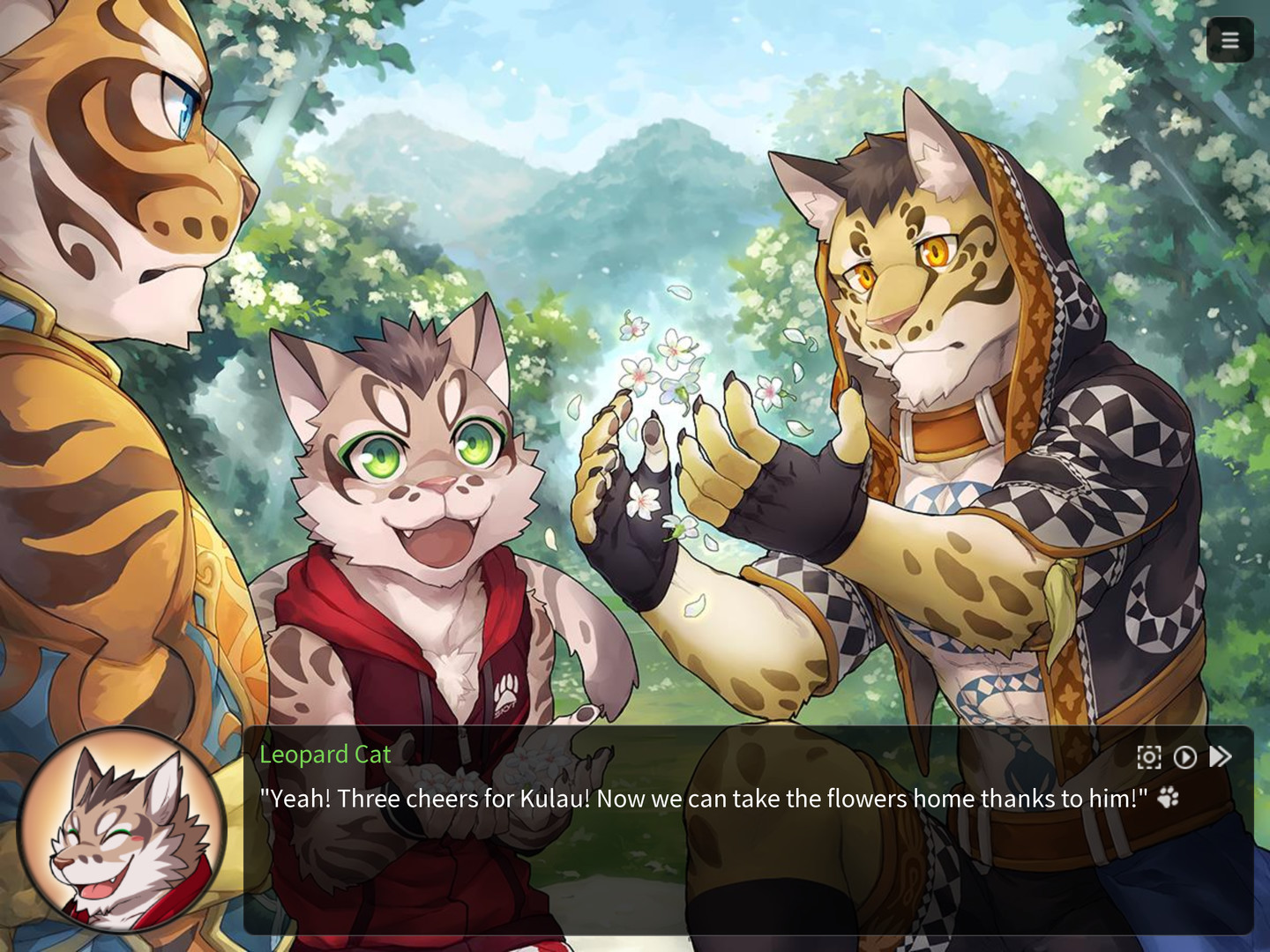
Two of the earliest titles to be considered part of this then-new genre were In The Sunroom by Keiko Takemiya and The November Gymnasium by Moto Hagio. However, despite the male nature of these romances, the stories are still aimed at a female audience. Shōnen-ai, while a subgenre of shojo manga, tends to feature emotional romances between androgynous boys. This expansion led to the formation of a new genre called shōnen-ai. This group contains legends like Yasuko Aoike, Moto Hagio and Rose Of Versailles creator Riyoko Ikeda. A large part of this expansion is due to a group retroactively called the Year 24 Group. This led to the genre massively expanding, covering new topics, themes and inspirations. In the early 1970s, a whole new generation of female manga creators entered the shōjo manga scene. RELATED: Why BL Fans Should Watch The Cornered Mouse Dreams of Cheese The story follows him as he goes through the ups and downs of musician life, including getting involved in some sexually explicit scenarios. Lovers' Forest told the story of a professor and his younger male lover, while Fire! was a shōjo manga series by Hideko Mizuno about American rockstar Aaron. Two works are considered the early prototypes of Boys Love: Mari Mori's 1961 novel, Lovers' Forest and Hideko Mizuno's Fire!. This would massively inspire the independent scene and eventually assimilated into the mainstream. This movement totally redefined what was possible with manga and created a whole new aesthetic and form of storytelling within the medium. However, the term soon became synonymous with manga with a shock factor, including stories featuring violence, eroticism or other adult topics. Gekiga emerged in the 1950s and aimed to show more mature and realistic stories aimed at older audiences. This was also combined with a massive change in the manga industry with the growth of the Gekiga genre. Related: In These Words Is the Best BL Thriller You've Never Read This art was popular with women and girls and was often used in magazines aimed at that demographic, with Shōjo no tomo magazine being one of the most popular. His illustrations often featured boys who were effeminate and pretty and were often thought to have homosexual subtext. The art of illustrator Kashō Takabatake is often cited as one of the progenitors of this style in the early 1900s. This art often shows androgynous males, often with smooth skin and long, flowing hair. The early roots of Boys Love stretch back quite far, building on the trend of bishōnen art. In fact, the history of Boys Love shows how the manga and anime industry has grown, evolved and changed over the years.


The Boys Love genre has a fascinating and unique history, evolving over many years to become the genre it is today.

The Boys Love genre has been going through a renaissance recently, with many new titles getting their time in the spotlight and several older titles getting renewed attention.


 0 kommentar(er)
0 kommentar(er)
